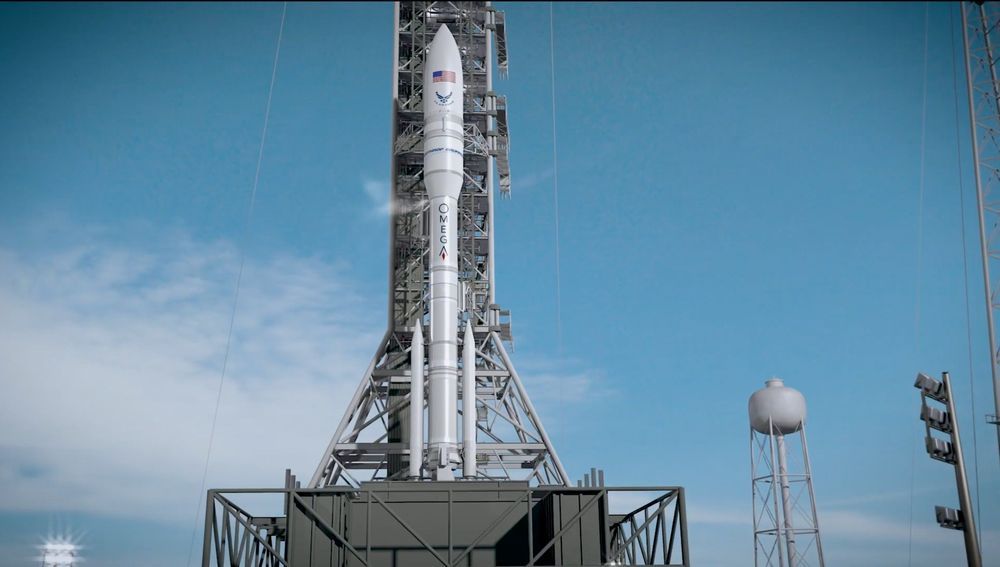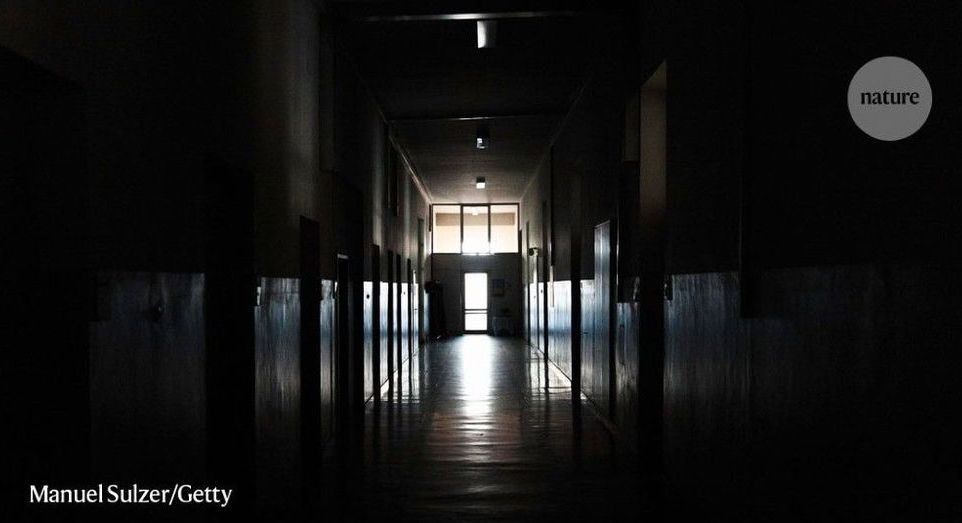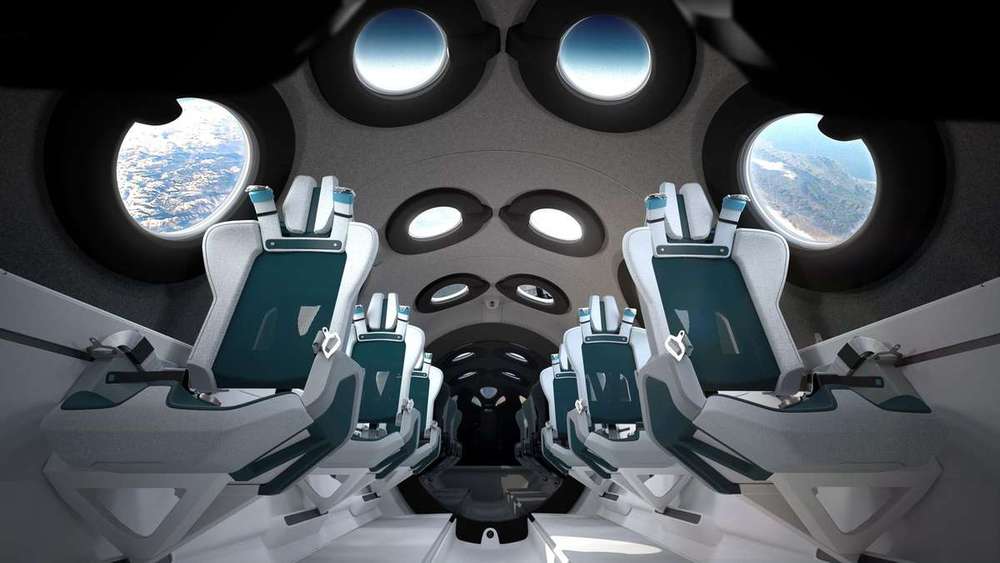Mid-infrared lasers have been widely used in imaging, detection, diagnostics, environmental monitoring, medicine, industry, defense and others. For mid-infrared laser systems, low phonon energy gain materials are key factors.
Among these mid-infrared materials, Er3+-doped CaF2 transparent ceramics are promising candidate materials because of their ultra-low phonon energy as well as excellent physical, chemical, and optical properties, which quickly attract the attention of researchers. However, traditional preparation methods can’t obtain high-quality Er3+-doped CaF2 transparent ceramics.
Recently, a research team led by Prof. Zhang Long from the Shanghai Institute of Optics and Fine Mechanics of the Chinese Academy of Sciences has developed a high quality Er3+-doped CaF2 transparent ceramics by single crystal ceramization. Their study was published in Journal of the European Ceramic Society.







